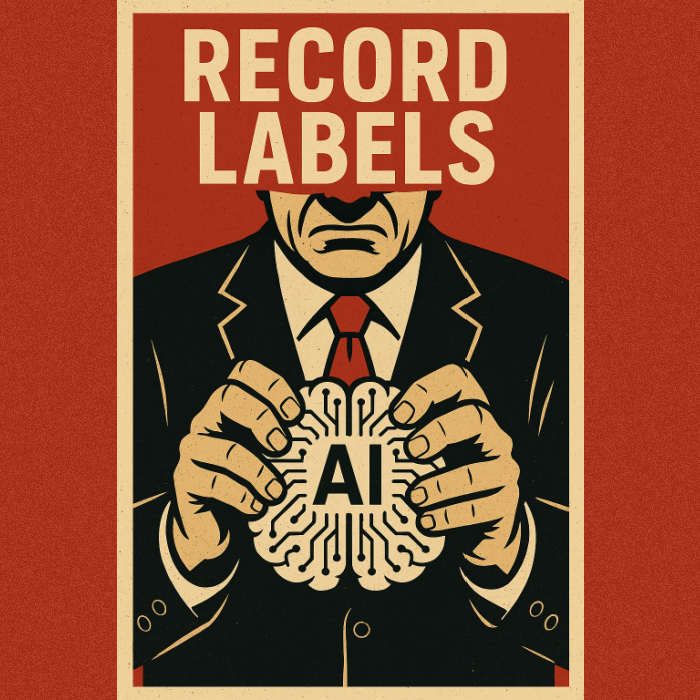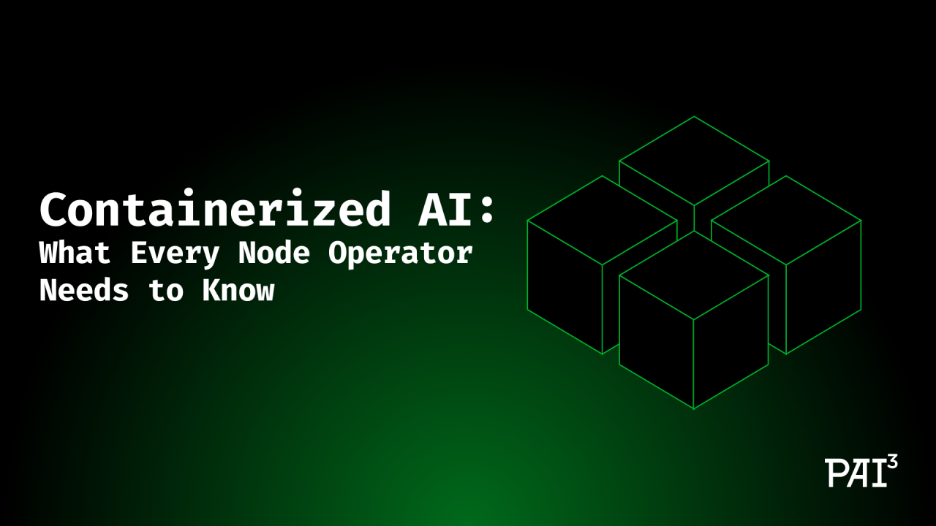
Best Cloud Hosting for Python Developers in 2025 (AWS vs GCP vs DigitalOcean)
Finding the Right Python Cloud Hosting in 2025 — Without the Headaches Choosing cloud hosting as a Python developer in 2025 is no longer just about uptime or bandwidth. It’s about developer experience, cost efficiency and scaling with minimal friction. In this guide, we’ll break down the top options — AWS, GCP and DigitalOcean — and help you make an informed choice for your projects.
Dev Orbit
October 1, 2025
Python has cemented itself as a go-to language for backend development, machine learning and automation. But while Python simplifies coding, deploying your applications efficiently remains a challenge.
With so many cloud platforms, each boasting endless features and pricing tiers, backend developers, startups and indie hackers often face decision fatigue. Do you prioritize ease of deployment or do you chase the lowest cost? Can you scale seamlessly without rewriting deployment scripts?
This post will serve as your developer-first guide to cloud hosting in 2025. We’ll compare AWS, GCP and DigitalOcean on key parameters like pricing, deployment simplicity, performance and developer support.
Understanding Cloud Hosting for Python
Before diving into the platforms, let’s define cloud hosting for Python developers.
⚡ What is Cloud Hosting?
Cloud hosting is renting virtualized computing resources—servers, storage and networking—from a provider instead of managing physical hardware. For Python applications, this typically involves:
Compute resources: Virtual machines or containers to run Python apps
Databases: Managed PostgreSQL, MySQL or NoSQL services
Storage: Object storage for files, media or static assets
Networking & scaling: Load balancers, auto-scaling and CDN integration
Think of it like leasing a fully-equipped developer playground where you can build, deploy and scale Python apps without managing the hardware yourself.
✅ Best Practice: Always choose a cloud provider that lets you scale incrementally. Start small, pay less and upgrade as traffic grows.
Python App Deployment Flow (2025)
+-------------------+ +------------------------+
| Local Dev Machine | ---> | Container / Virtual Env|
+-------------------+ +------------------------+
|
v
+-----------+-----------+ +------------+ +-----------------+
| AWS Elastic Beanstalk | | GCP App | | DigitalOcean |
| - Auto scaling | | Engine | | App Platform |
| - Load Balancer | | - PaaS | | - GitHub deploy|
| - CloudWatch logs | | - Serverless| | - Auto deploy |
+---------------------+ +------------+ +-----------------+
How Python Hosting Works: AWS vs GCP vs DigitalOcean
Let’s break down the three major platforms, focusing on deployment, pricing and developer experience.
1. AWS (Amazon Web Services)
AWS is the most mature cloud platform, offering everything from EC2 virtual machines to serverless Lambda functions.
Deployment Options:
EC2: Traditional VM setup. You control Python environment, dependencies and scaling.
Elastic Beanstalk: Simplifies deployment with auto-scaling and built-in load balancing.
Lambda (Serverless): Run Python code on-demand without managing servers.
Pricing Snapshot:
Free tier: 750 hours of t2.micro per month for 12 months
Pay-as-you-go: $0.0116/hour for t3.micro
Scaling: Can get expensive for apps with unpredictable traffic
Pros for Python Developers:
⚡ Huge ecosystem (RDS, S3, CloudWatch, etc.)
✅ Robust security and compliance
💡 Advanced deployment options (serverless, containerized apps)
Cons:
⚠️ Steep learning curve for beginners
💸 Costs can spike quickly if you misconfigure resources
Tip: Use Elastic Beanstalk for quick Python app deployment and CloudWatch for monitoring performance.
2. GCP (Google Cloud Platform)
GCP focuses on simplicity and powerful AI/ML integrations. Its Python support is excellent, especially for data-heavy apps.
Deployment Options:
Compute Engine: Flexible VMs for full control
App Engine: Platform-as-a-Service (PaaS) — upload code, done
Cloud Functions: Serverless execution for Python functions
Pricing Snapshot:
Free tier: 1 F1-micro instance per month, 30 GB standard storage
Pay-as-you-go: $0.0106/hour for e2-micro instance
Sustained use discounts make long-running apps cheaper than AWS
Pros:
⚡ Easy integration with AI/ML services
✅ Simplified deployment with App Engine
💡 Better sustained-use pricing than AWS
Cons:
⚠️ Ecosystem smaller than AWS
💻 Some services still less intuitive for beginners
Tip: Use App Engine Standard for a serverless Python experience and automatic scaling without worrying about VMs.
3. DigitalOcean
DigitalOcean is often the indie hacker’s favorite for straightforward Python hosting. It’s ideal for startups and small teams.
Deployment Options:
Droplets: Simple VMs to run Python apps
App Platform: PaaS — deploy from GitHub, auto-scaling, HTTPS included
Managed Databases: PostgreSQL, MySQL, Redis
Pricing Snapshot:
Droplets start at $4/month (512MB RAM, 1 vCPU)
App Platform: $5/month for small apps, auto-scaling available
Pros:
⚡ Extremely beginner-friendly
✅ Predictable pricing and clear billing
💡 Great documentation and community support
Cons:
⚠️ Fewer enterprise-level services
⚠️ Scaling requires moving to higher-tier plans
Tip: Use App Platform for Python apps to avoid VM maintenance.
Real-World Use Case: Deploying a Django App
Let’s compare deploying a Django app on each platform:
Platform | Deployment Approach | Steps | Developer Effort |
|---|---|---|---|
AWS | Elastic Beanstalk |
| Medium-High |
GCP | App Engine |
| Low |
DigitalOcean | App Platform | Connect GitHub repo → Auto-deploy | Very Low |
Structured Comparison of AWS, GCP and DigitalOcean
Feature / Platform | AWS | GCP | DigitalOcean |
|---|---|---|---|
Free Tier | ✅ 12 months (t2.micro) | ✅ 1 F1-micro instance | ✅ $100/60 days credit |
Easy Deployment | Medium | Easy | Very Easy |
PaaS Option | Elastic Beanstalk | App Engine | App Platform |
Serverless Support | ✅ Lambda | ✅ Cloud Functions | ❌ Limited |
Cost Efficiency (Small Apps) | ⚠️ Medium-High | ✅ Good | ✅ Excellent |
Best Use Case | Enterprise apps | Data-heavy / ML apps | Startups / Indie Hackers |
Code snippet example:
AWS Elastic Beanstalk (Django Example)
# Initialize project
eb init -p python-3.11 my-django-app
# Create environment
eb create my-django-env
# Deploy updates
eb deploy
# View logs
eb logsGCP App Engine (Flask Example)
# Install GCP SDK
gcloud init
# Deploy Python app
gcloud app deploy
# Check logs
gcloud app logs tail -s defaultDigitalOcean App Platform (Any Python App)
Connect GitHub repo to App Platform
Choose Python environment & auto-deploy branch
Click “Deploy” — Done!
💡 Pro Tip: Use .env files or DigitalOcean Secrets to manage API keys and credentials.
Insight: If you’re a solo dev or small startup, DigitalOcean App Platform might save hours of setup. For enterprise-scale apps, AWS offers more control.
Advanced Tips for Python Cloud Hosting
Use Virtual Environments
Always isolate dependencies withvenvorpipenv. It prevents conflicts during deployment.Containerization with Docker
Docker ensures your app runs the same in development and production. All three platforms support Dockerized Python apps.Optimize Costs
Use serverless functions for infrequent tasks.
Enable auto-scaling only when needed.
Leverage free tiers during development.
Performance Hacks
Cache frequent queries using Redis.
Use asynchronous frameworks like FastAPI for high-concurrency apps.
Security Best Practices
Never store secrets in code; use environment variables or secret managers.
Enable HTTPS via built-in certificates (DigitalOcean App Platform, AWS ACM).
Conclusion
Choosing the best cloud hosting for Python developers in 2025 boils down to your priorities:
Ease of deployment & low overhead → DigitalOcean App Platform
Scalability & enterprise features → AWS
Data & ML integration + cost-efficient scaling → GCP
✅ Regardless of choice, use virtual environments, leverage free tiers and automate deployments to save time and avoid surprises.
Python developers now have more options than ever — pick the platform that matches your workflow, budget and growth plans.
💬 CTA: Found this guide useful? Share it with fellow developers to help them pick the right Python cloud hosting in 2025!

Enjoyed this article?
Subscribe to our newsletter and never miss out on new articles and updates.
More from Dev Orbit

The Labels First Sued AI. Now They Want to Own It.
In the rapidly evolving landscape of artificial intelligence, a fascinating shift is underway. Music labels, once adversaries of AI applications in the music industry, are now vying for ownership and control over the very technologies they once fought against. This article delves into the complexity of this pivot, examining the implications of labels seeking to own AI and how this transition could redefine the music landscape. If you’re keen on understanding the future of music technology and the battle for ownership in an AI-driven age, read on.

NestJS Knex Example: Step-by-Step Guide to Building Scalable SQL Application
Are you trying to use Knex.js with NestJS but feeling lost? You're not alone. While NestJS is packed with modern features, integrating it with SQL query builders like Knex requires a bit of setup. This beginner-friendly guide walks you through how to connect Knex with NestJS from scratch, covering configuration, migrations, query examples, real-world use cases and best practices. Whether you're using PostgreSQL, MySQL or SQLite, this comprehensive tutorial will help you build powerful and scalable SQL-based applications using Knex and NestJS.

Containerized AI: What Every Node Operator Needs to Know
In the rapidly evolving landscape of artificial intelligence, containerization has emerged as a crucial methodology for deploying AI models efficiently. For node operators, understanding the interplay between containers and AI systems can unlock substantial benefits in scalability and resource management. In this guide, we'll delve into what every node operator needs to be aware of when integrating containerized AI into their operations, from foundational concepts to practical considerations.

AI Is Reshaping Jobs — and That Could Hit You Hard
As artificial intelligence continues to evolve, its impact on the job market is growing more profound each day. In this article, we will explore how AI technologies like GPT-5 are transforming various industries, the potential risks for workers, and actionable steps to navigate this changing landscape. From automation to the creation of new job roles, we will offer insights that every professional should be aware of to remain competitive in the era of AI.

Data Validation in Machine Learning Pipelines: Catching Bad Data Before It Breaks Your Model
In the rapidly evolving landscape of machine learning, ensuring data quality is paramount. Data validation acts as a safeguard, helping data scientists and engineers catch errors before they compromise model performance. This article delves into the importance of data validation, various techniques to implement it, and best practices for creating robust machine learning pipelines. We will explore real-world case studies, industry trends, and practical advice to enhance your understanding and implementation of data validation.

Top AI Tools to Skyrocket Your Team’s Productivity in 2025
As we embrace a new era of technology, the reliance on Artificial Intelligence (AI) is becoming paramount for teams aiming for high productivity. This blog will dive into the top-tier AI tools anticipated for 2025, empowering your team to automate mundane tasks, streamline workflows, and unleash their creativity. Read on to discover how these innovations can revolutionize your workplace and maximize efficiency.
Releted Blogs

📌Self-Hosting Secrets: How Devs Are Cutting Costs and Gaining Control
Self-hosting is no longer just for the tech-savvy elite. In this deep-dive 2025 tutorial, we break down how and why to take back control of your infrastructure—from cost, to security, to long-term scalability.

9 Real-World Python Fixes That Instantly Made My Scripts Production-Ready
In this article, we explore essential Python fixes and improvements that enhance script stability and performance, making them fit for production use. Learn how these practical insights can help streamline your workflows and deliver reliable applications.

Unlocking WASI: The Future of Serverless with WebAssembly
Discover how WASI is transforming serverless computing with secure, portable WebAssembly runtimes for the cloud era.

Top 7 Python Certifications for 2026 to Boost Your Career
Python continues to dominate as the most versatile programming language across AI, data science, web development and automation. If you’re aiming for a career upgrade, a pay raise or even your very first developer role, the right Python certification can be a game-changer. In this guide, we’ll explore the top 7 Python certifications for 2026 from platforms like Coursera, Udemy and LinkedIn Learning—an ROI-focused roadmap for students, career switchers and junior devs.

How to Build an App Like SpicyChat AI: A Complete Video Chat Platform Guide
Are you intrigued by the concept of creating your own video chat platform like SpicyChat AI? In this comprehensive guide, we will walk you through the essentials of building a robust app that not only facilitates seamless video communication but also leverages cutting-edge technology such as artificial intelligence. By the end of this post, you'll have a clear roadmap to make your video chat application a reality, incorporating intriguing features that enhance user experience.

A Beginner’s Guide to AWS EC2 and AWS Lambda: When and Why to Use Them
Confused between EC2 and Lambda? This beginner-friendly guide breaks down their core differences, use cases, pros and cons and helps you choose the right service for your application needs.
Have a story to tell?
Join our community of writers and share your insights with the world.
Start Writing